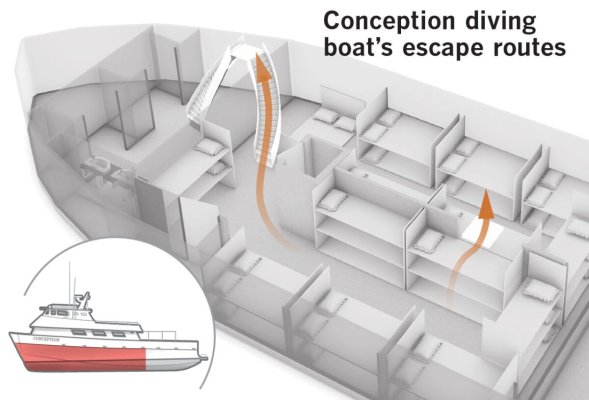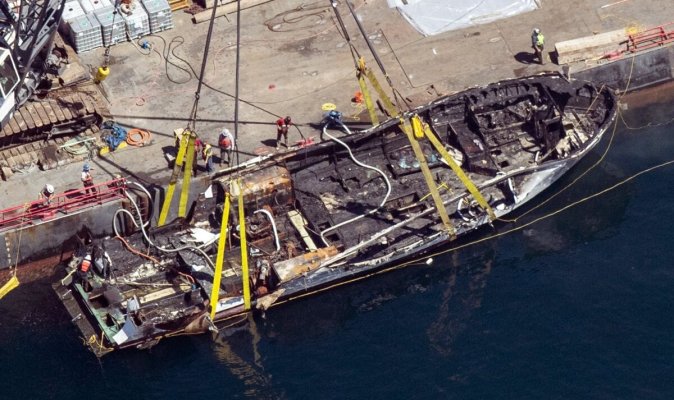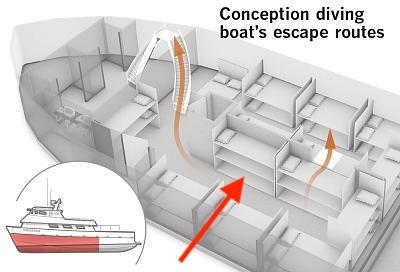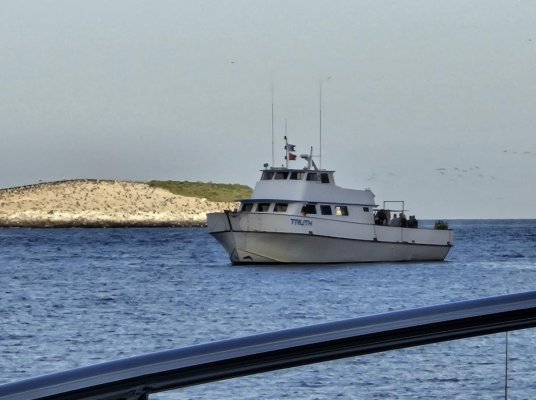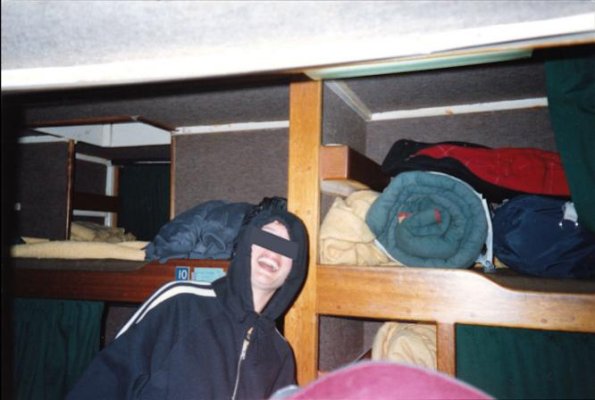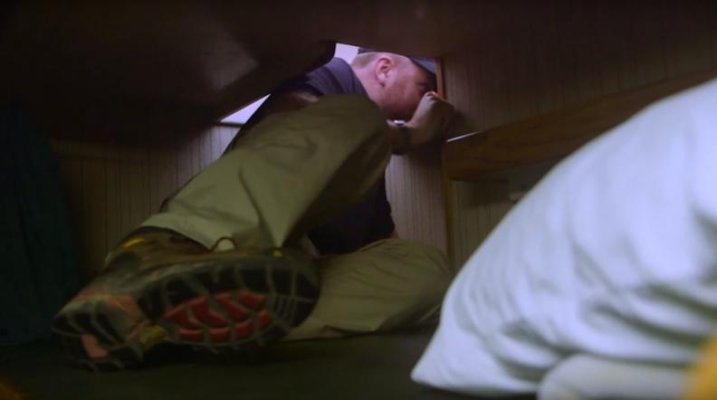diver dave
Guru
- Joined
- Jan 13, 2017
- Messages
- 2,570
- Location
- United States
- Vessel Name
- Coquina
- Vessel Make
- Lagoon 380
Agreed. Even with “healthy” batteries being charged, fire/heat exposure will cause them to go unstable. So the fire investigators would have that near impossible mess to figure out.
OTOH, we know that there are increased risks associated with higher powered Li-ion batteries under charge and just post charge. There was a learning curve with laptop batteries, vaping devices, scooter batteries going unstable in some high risk areas. Even torpedoes, I might add.
In the end, there are far more electrical fires not caused by Li. But, if I was a betting man, thats my vote here. Diving scooters, handheld lights, etc have far less volume of manufacturing than cell phones and laptops. Driving the risk equation higher.
Two cruises ago, i had a swollen wifi cell router li ion batt! Swollen means gas pressure.
I have a steel broiler pan to use when charging aboard.
OTOH, we know that there are increased risks associated with higher powered Li-ion batteries under charge and just post charge. There was a learning curve with laptop batteries, vaping devices, scooter batteries going unstable in some high risk areas. Even torpedoes, I might add.
In the end, there are far more electrical fires not caused by Li. But, if I was a betting man, thats my vote here. Diving scooters, handheld lights, etc have far less volume of manufacturing than cell phones and laptops. Driving the risk equation higher.
Two cruises ago, i had a swollen wifi cell router li ion batt! Swollen means gas pressure.
I have a steel broiler pan to use when charging aboard.
Last edited:


